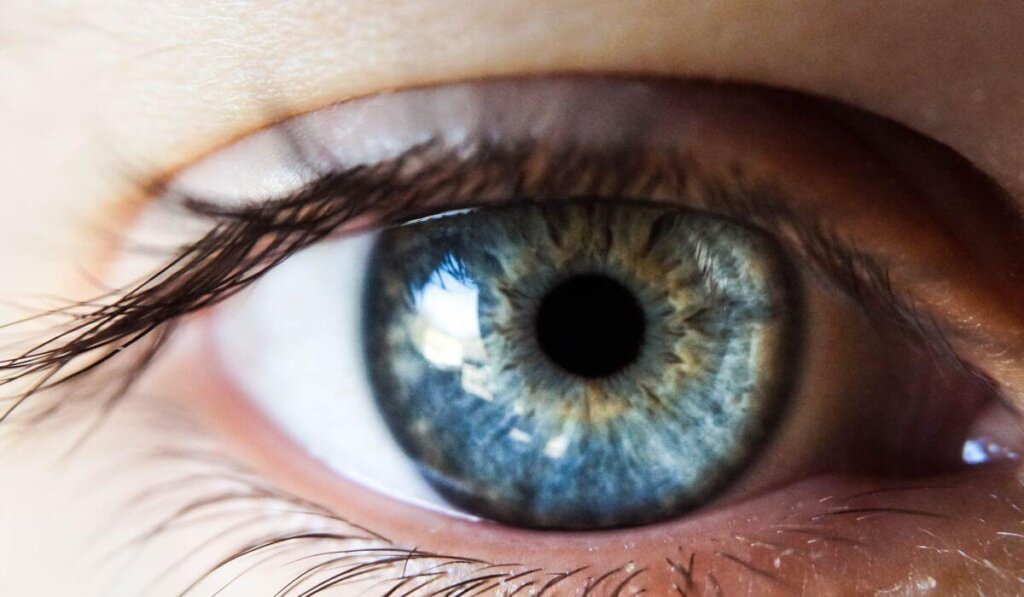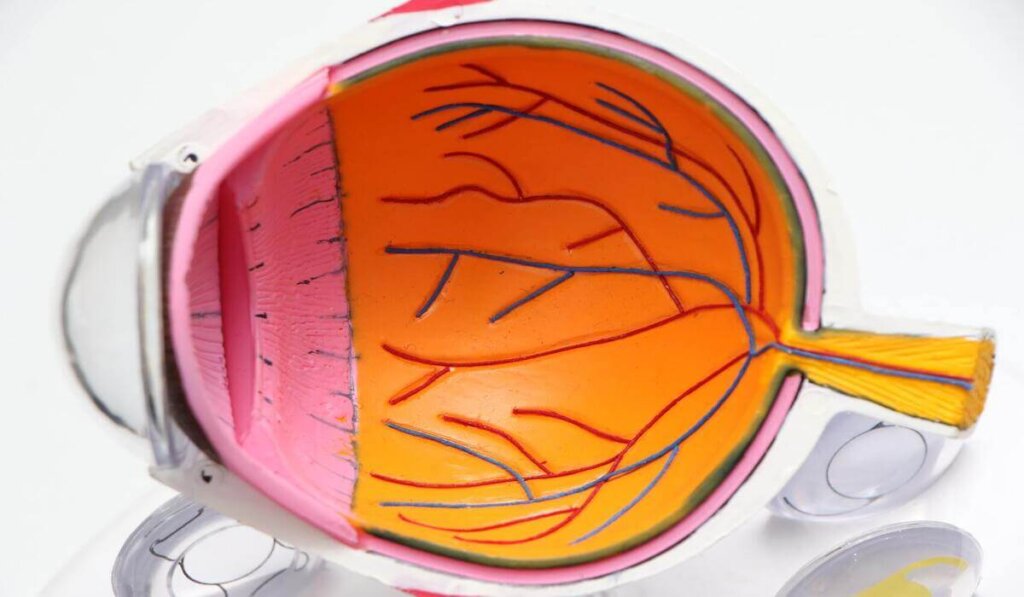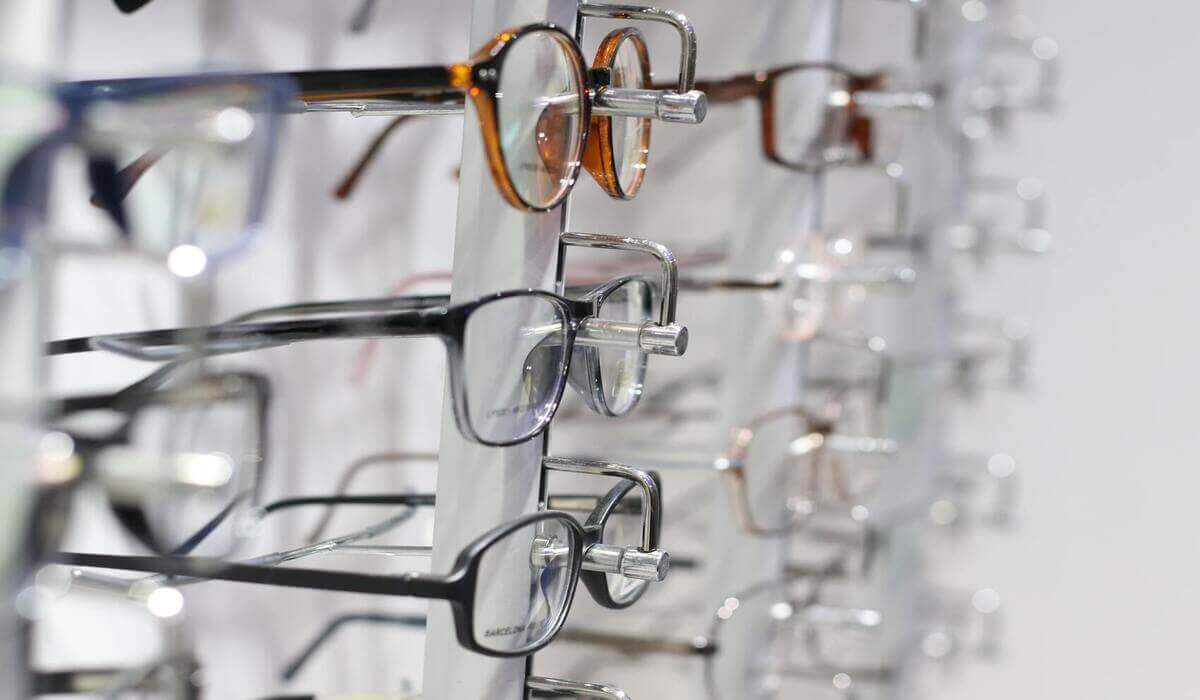Astronauts are required to be in peak physical condition for traveling to and from outer space. This requirement includes their ability to see. Like pilots and firefighters, astronauts must experience 20/20 vision at all times. While 20/20 vision does not mean one’s vision is perfect, it does mean that it meets the normal, average standard for functional eyesight. If a potential astronaut doesn’t have 20/20 vision already, can astronauts wear glasses?
The good news is that NASA allows astronauts to use glasses in order to obtain 20/20 vision. In fact, around 80% of astronauts wear glasses or utilize other methods for correcting their vision. Humanity’s exploits in space thus far would not be possible without the power of glasses. However, the type of glasses that astronauts use is different than the type that is used here on Earth. Before we explain why that is, let’s take a look at why astronauts need glasses.
Why Do Astronauts Need Glasses?
Traveling through outer space is both physically and mentally demanding. Astronauts need to be able to see what they are doing and have full awareness of their environment at all times. They must be prepared to react quickly and work precisely with very small tools and instruments. In short, astronauts need glasses for many of the same reasons that people on Earth do – only the stakes are much higher. A mistake made on account of unclear vision could easily be fatal in space.
Natural Loss of Eyesight
Many people are born with impaired eyesight or develop it at a young age. High school and college age people who want to be an astronaut should not let their vision impairments discourage them from their dreams, although they should consult an eye doctor who can tell them whether they have a future as an astronaut. There are no guarantees even with glasses – for another vision-related example, colorblindness is a disqualifier for anyone who hopes to become an astronaut.

In spite of the intense physical requirements for being an astronaut, the average astronaut is not as young as one might think. In fact, the average age for an astronaut is around 47-48 years old. This is around the age when presbyopia, a common form of farsightedness, begins to develop for many people. Thanks to glasses, presbyopia doesn’t end an experienced astronaut’s career in space.
Loss of Eyesight From Space Travel
Experienced astronauts don’t only have the normal effects of aging to worry about. Spending extended periods of time in a zero-gravity environment can warp many of the body’s parts since they are all used to the atmosphere and air pressure that we experience on Earth. The eyes are no exception to this – many astronauts experience a condition called visual impairment intracranial pressure upon returning to Earth. This condition, which is believed to result from a buildup of spinal fluid in the head due to lack of gravity, doesn’t have to mean the end of an astronaut’s career if their vision can be fixed with glasses.
What Kind of Glasses Do Astronauts Wear?
While astronauts are permitted to correct their vision with glasses, the kind of glasses that they are allowed to wear is an entirely separate issue to overcome. There is zero gravity in space, which means that a lot of common glasses models would simply glide right off of the face of the person wearing them. Even worse than that, astronauts who have their helmets on are unable to put their glasses back on until they are in a safe place to take the helmet off. The glasses’ screws could even come loose, causing the glasses to disassemble into tiny pieces that the astronauts would be at risk of helplessly swallowing.
Ideal Glasses for Astronauts
Fortunately, there are solutions for these risks. Eyewear manufacturers have been hard at work improving their space friendly models for a long time. These models compensate for the challenges of space in a variety of ways. For one, they are designed to stay on the astronaut’s face no matter what. Some models, such as the Superfocus lenses, accomplish this by being heavier than normal glasses. Other models, like the Titan Minimal Art design, accomplish it by being lighter.
The weight of the glasses interacts with the unique, zero-gravity physics of space in such a way that these designs stay on the wearer’s face no matter what while also avoiding the discomfort that would otherwise arise from the materials expanding or compressing in space. For this last reason, wrap-around glasses are not the solution that some people might expect. Space-friendly glasses also minimize the number of total pieces that they are made out of, thus eliminating as many rims, screws, and hinges as possible.
Other Eyesight Solutions
As is the case on Earth, glasses are not the only solution for astronauts with imperfect vision. They may also pursue corrective eye surgery or contact lenses. These approaches both come with special issues to consider as well. For example, an astronaut who gets corrective eye surgery must wait for at least a year to begin their training for space flight, assuming that the surgery was successful.

Just like glasses, normal contact lenses are made of materials whose chemical composition will alter under zero gravity conditions. Astronauts who use contact lenses must acquire a special type that will be suitable for their needs in the intense conditions beyond Earth’s atmosphere.
In the 1990s, NASA and one of their research partners were able to create a contact lens model that could be used in space. These lenses, known as the Hyperfuried Delivery System (HDS), are gas-permeable and water-free, which helps them avoid gas deposits and buildups of bacteria. Their rigid form makes them easier for astronauts to use. Like many contact lenses on Earth, HDS lenses must be changed out after seven days.
Conclusion
While the earliest astronauts were required to have natural 20/20 vision, those days are long past. Can astronauts wear glasses now, though? The answer is yes. Modern astronauts are allowed to use glasses or other vision correction methods for passing their vision test as long as they are able to correct all the way to 20/20 vision. The use of glasses is very common among today’s astronauts, so we would not have nearly the same team of space voyagers that we do if glasses were not allowed. Incredible advances in technology have produced glasses and contact lenses that are high functioning even in outer space’s extreme conditions. Fortunately for people all over the world who dream of flying into space but are impaired by imperfect vision, glasses can make those dreams come true.

